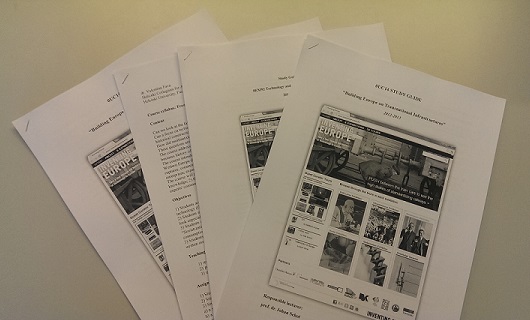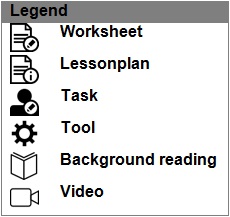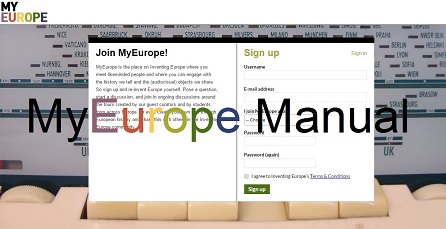Full course outlines
 |
We happily offer two online lectures and two full course outlines developed with the intention to teach the themes of Inventing Europe. The courses are accompanied by ready-made materials, a syllabus, and several options for online and offline teaching. They are intended to be fun, creative, inspiring, and innovative, in order to let your students have an unforgettable learning experience that bares with them until long after their graduation. The courses directly speak to the digital savvy of students who have grown up in the digital age. |
 |
 |
Lecture videos
Great news! At your convenience, we now offer two lecture videos given by two highly esteemed scholars. The videos deal with the history and the objects on Inventing Europe. You can show your students these lectures in the classroom or let them watch the videos at home, in preparation of a lecture, or as an assignment. These lecture videos give a better understanding of the kind of history we tell with Inventing Europe. They support the various short and intensive assignments discussed within the education environment and neatly fit the two full course outlines described below.
| Johan Schot, initiator of Inventing Europe and the supporting Making Europe book series, introduces the new vision on and historical narrative that forms the basis of Inventing Europe. The lecture explains concepts and methodology, including a bottom-up and transnational perspective on European history through the lens of science and technology. | |
| In this lecture, Alexander Badenoch, former main editor of Inventing Europe, explains how to contextualize museum collections in a European and transnational context. The lecture focuses on object criticism and playfully teaches your students how to pose new questions to objects. What do objects tell you depending on the location where you interact with them? What questions does the web raise when it comes to object interpretation? |
Course: Technology and European Integration
“Technology and European Integration” is designed as a half semester course for Master’s students, equalling 3 ECTS (84 hours). The course can easily be adapted to become a full-semester course or to the level of Bachelor education.
Learning objectives:
The course outline is designed to learn students to look at European integration history differently, more in line with the European history as exhibited on Inventing Europe and discussed in-depth in the six-part book series “Making Europe: Technology & Transformations, 1850-2000”. The course deals with telling history in a digital world, including topics such as copyrights and writing for the web. In order to pass the course, students, in groups, create their own themed exhibition that is worthy of the Inventing Europe digital museum.
Teacher material
| PowerPoint on How to Write for the Web |
Student material
Course: Building Europe on Transnational Infrastructures
“Building Europe on Transnational Infrastructures” is designed for Bachelor students, equaling 2 ECTS (28 hours). The course can easily be intensified and be adapted to the level of Master education.
Learning objectives:
The course outline is designed to teach students to look at the historical construction of Europe via large infrastructure projects, acquaint them with concepts of transnational bottom-up European history through the lens of technology. The course teaches basic academic skills, such as academic writing, academic research, critical thinking, applying source criticism, and learning to reference properly. Students are tought that these skills can differ considerable when applied to telling history in a digital world.
Teacher material
| PowerPoint on How to Write for the Web |
Student material
| Syllabus Building Europe on Transnational Infrastructures |










